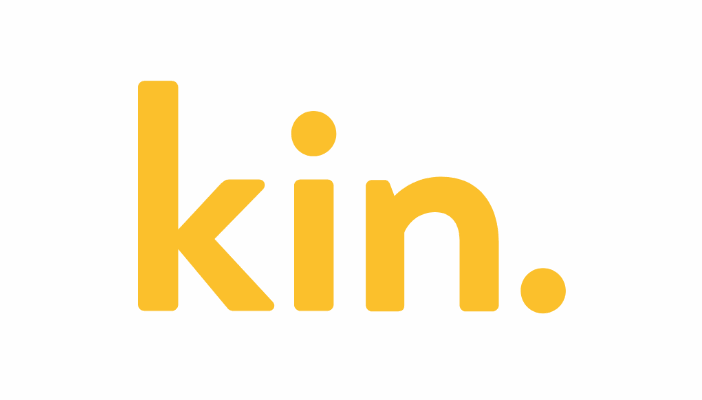Kin details Ian impact, expects reinsurance support. Hestia Re cat bond at-risk

Direct-to-consumer and fast-growing insurtech company Kin Insurance has detailed its current expectations for the impacts of hurricane Ian to its business, which suggests reinsurance recoveries are anticipated and that its Hestia Re Ltd. (Series 2022-1) catastrophe bond should be considered at-risk of triggering.
Kin has reported that it has so far received around 6,800 claims related to hurricane Ian.
The insurtech said that this “will incur an overall gross ultimate loss that is well below its $800 million overall reinsurance tower.”
Now, while Kin said “below”, we believe that to mean the top of the reinsurance tower, not the bottom.
The reason for this is that documentation seen earlier this year by Artemis suggested that Kin’s retention for a hurricane in 2022 would be between $5 million to $10 million, and the insurtech has disclosed $5 million of expected net losses from hurricane Ian.
Kin said today that the projected net exposure of its reciprocal exchange Kin Interinsurance Network is $2.5 million, while Kin Insurance, Inc., through its ownership of captive reinsurance company Kincession, Ltd., also has a projected net exposure of $2.5 million, making up the $5 million retention (we assume).
“Between our strong reinsurance program and our continuous investments in technology, operations, staffing, and partnerships, we were well-prepared to handle a major catastrophe like Ian,” explained Sean Harper, CEO of Kin. “As a result, we delivered the best possible experience for our customers, who experienced a range of damage and hardship, and our important work continues to ensure their claims are handled quickly and efficiently.”
Kin’s 2022 reinsurance renewal saw it securing some $770 million of protection for US hurricane loss events, as our sister site Reinsurance News reported at the time.
The Hestia Re Ltd. catastrophe bond is one integral component of that, providing Kin with multi-year indemnity reinsurance protection against losses to the personal property lines portfolio of the Kin Interinsurance Network, from named storms or hurricanes that impacted its key state of Florida.
As a result, hurricane Ian is an event that puts the Hestia Re cat bond at-risk and as we reported over a week ago, the Hestia Re cat bond is one of those to have been marked-down on pricing sheets after Ian.
However, with more pricing sheets now available to us, we’ve noted that there is some divergence over how exposed the Hestia Re cat bond notes actually are, with some sheets marking the notes down 20%, others marking it for bids as low as 10 cents on the dollar, implying a 90% loss was thought possible.
In fact, we’ve seen the Hestia Re notes marked at 92, 80, 50, 10 and even 5 cents, suggesting a wide range of views among cat bond brokers.
Of course this also means a wide range of mark-downs among cat bond funds as well, although we’d expect the majority of managers to take the conservative view and mark the notes down significantly, given their Florida-specific wind exposure.
Anyway, the Hestia Re cat bond provides coverage above a $125 million attachment point for Kin, covering a significant share of losses across a layer of its reinsurance tower rising to exhaustion at $325 million of losses.
With Kin having disclosed 6,800 claims so far, we can do some rudimentary maths using a rough average hurricane homeowners claims figure of, say $25,000 to $30,000.
At an average claims cost of $25,000, the 6,800 claims could already add up to gross losses of $170 million for Kin. At $30,000, the total could be at $204 million.
Depending on how those claims are split, that level of gross loss, if sufficient falls to the reciprocal exchange, could already be enough to trigger Kin’s Hestia Re cat bond.
However, what this does all show is that Kin’s Hestia Re cat bond cannot be considered loss free from hurricane Ian at this stage and it does seem the marking down on cat bond pricing sheets is warranted, although the question is how much of a mark-down will prove right in the end?
It’s important to note these are rough calculations, as we have no visibility of the average claims cost Kin will pay, we’re just taking some rough averages from historical hurricane events. It may take a little more time for Kin to develop its view of claims, losses and possible reinsurance recoveries before it will file any loss notification related to the cat bond, or until it can be considered safe.






